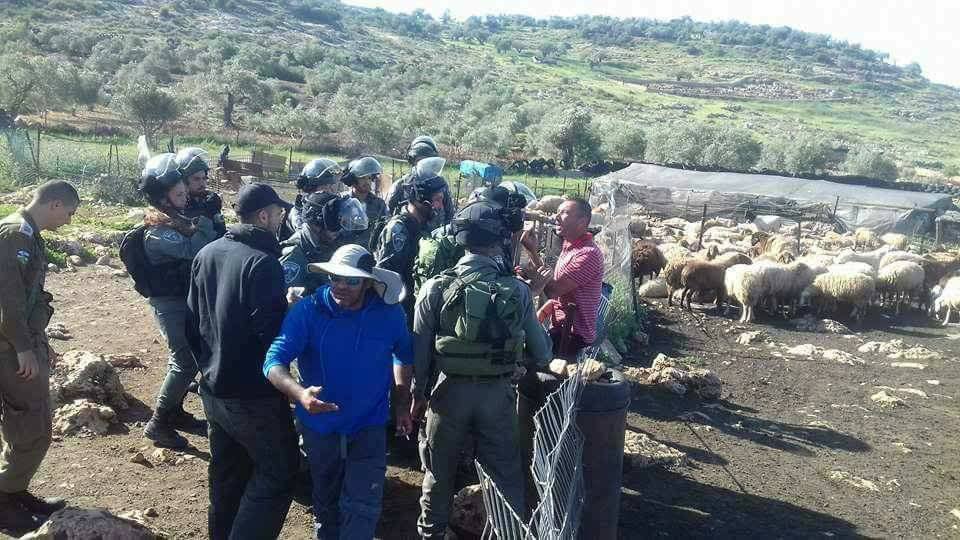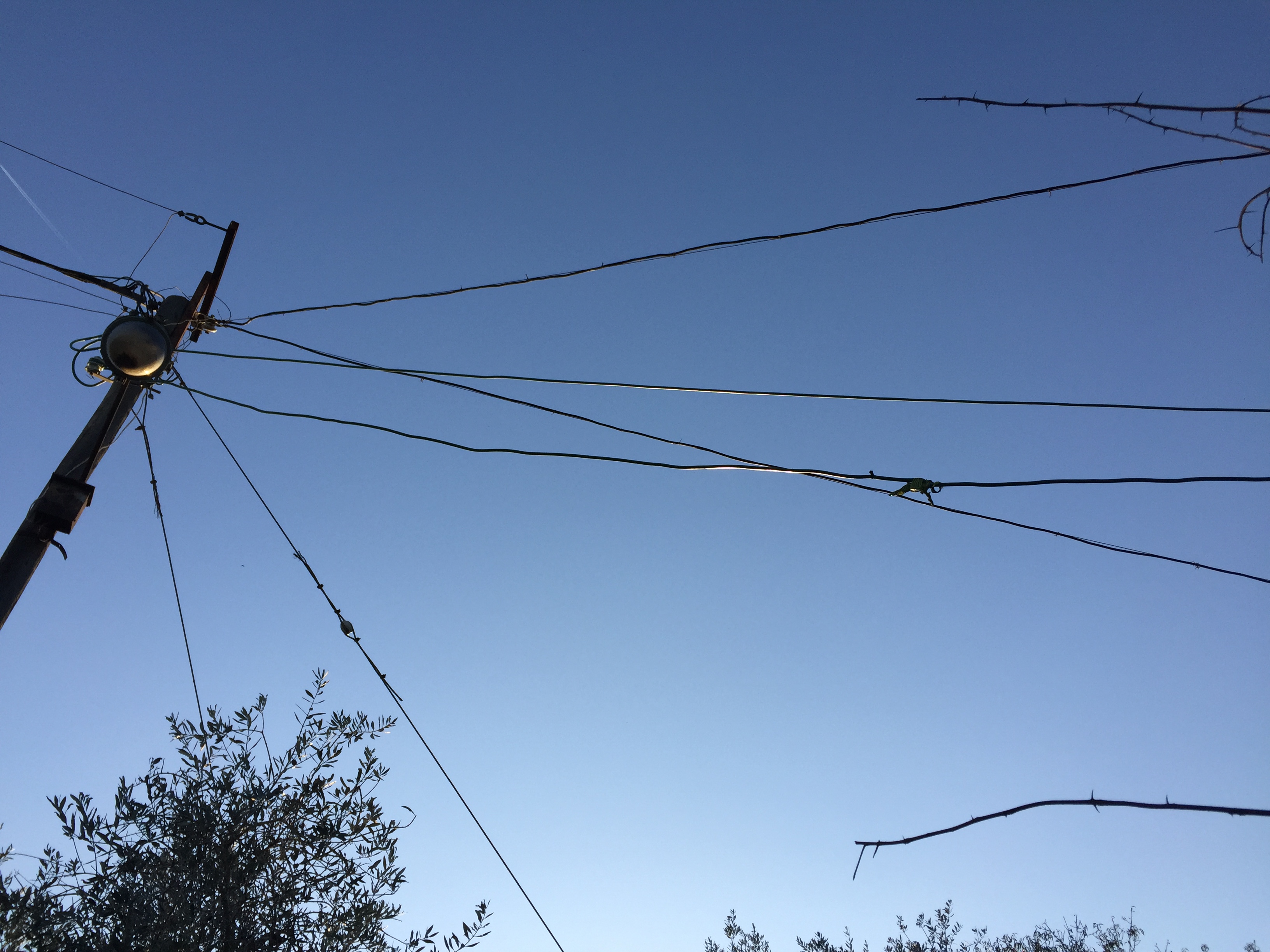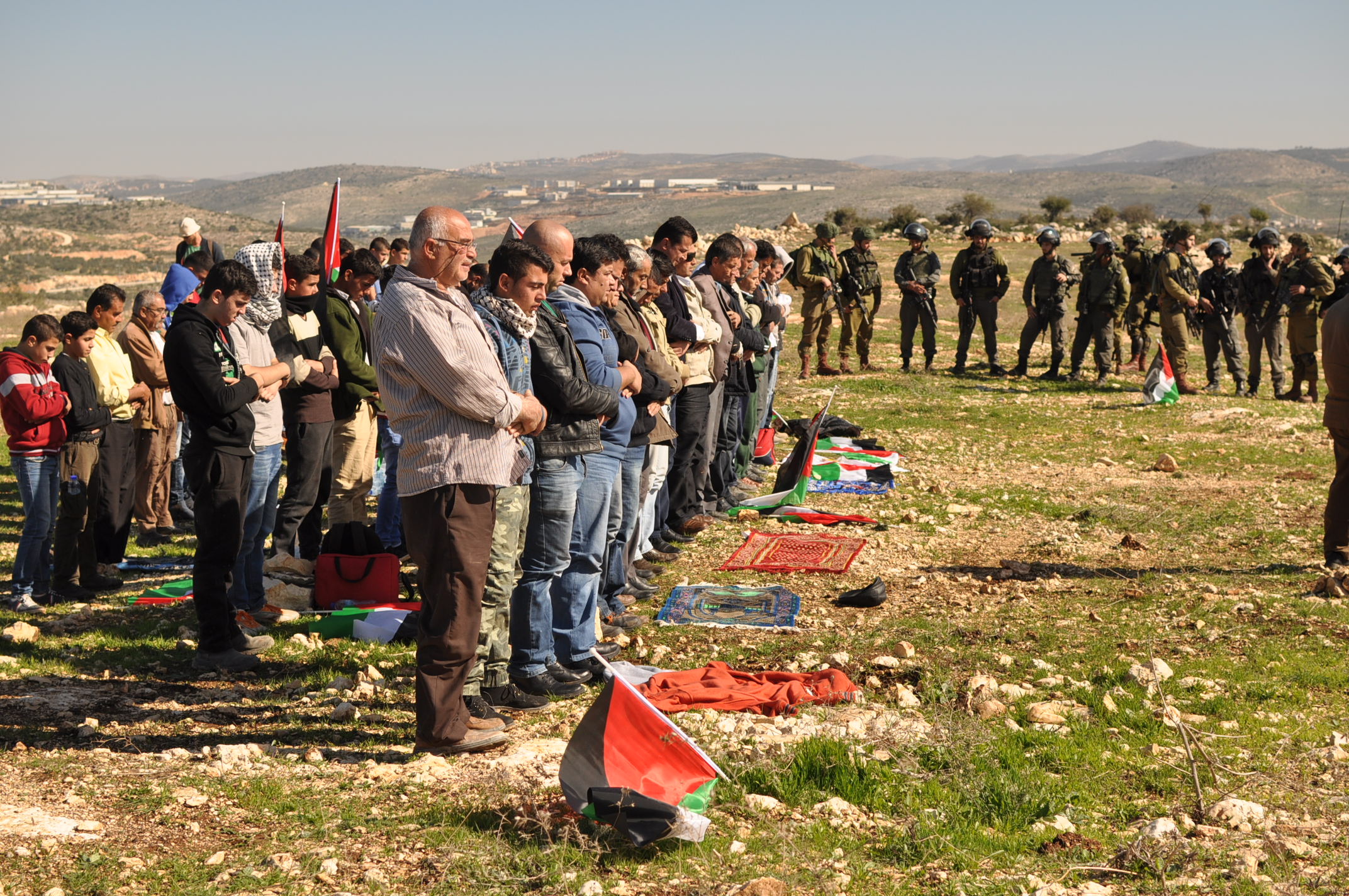Tag: Salfit
-
Israeli forces demolish Palestinian farm in Abu al-Ra’eesh, west of Salfit
5th April 2017 | International Solidarity Movement, Ramallah team | Abu al-Ra’eesh, occupied Palestine On the morning of April 5, 2017, the Israeli occupation forces demolished residential tents and six sheep pens in the area of Abu al-Ra’eesh, southwest of Dirbolut, west of Salfit. The structures belonged to the Shheibar family and were located between the…
-
Israeli forces take a next step in threatening 3 families from Deir Istyia.
December 9th, 2015 | International Solidarity Movement, Huwwara team | Deir Istyia, occupied Palestine In the end of November we told the story of three families, living in the outskirts of Deir Istyia who were under daily threats and harassment from the Israeli forces. Now the threatening from the IOF has reached another level for…
-
Near Salfit, Palestinians try to save the last hill that is not yet occupied with a settlement
December 4th, 2015 | International Solidarity Movement with IWPS, Huwwara team | Kafr Addik, occupied Palestine On friday 4th of december, around 50 locals from the villages of Kafr Addik, Bruqin, Sarta and Biddya, in the Salfit governorate, gathered on a hill called Daher Sabbah, located between the four villages, in order to protest the…



